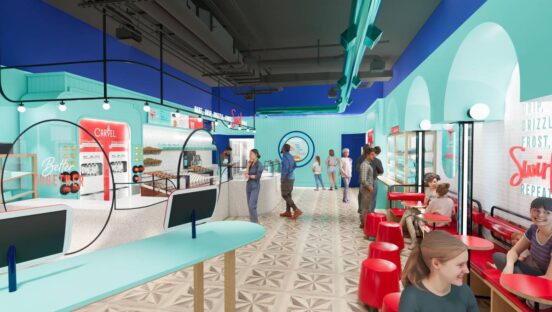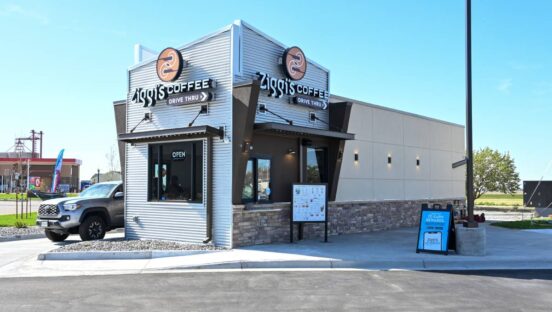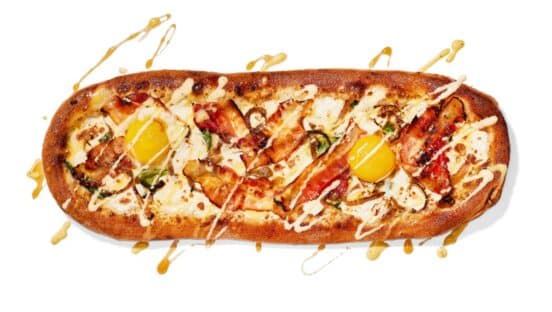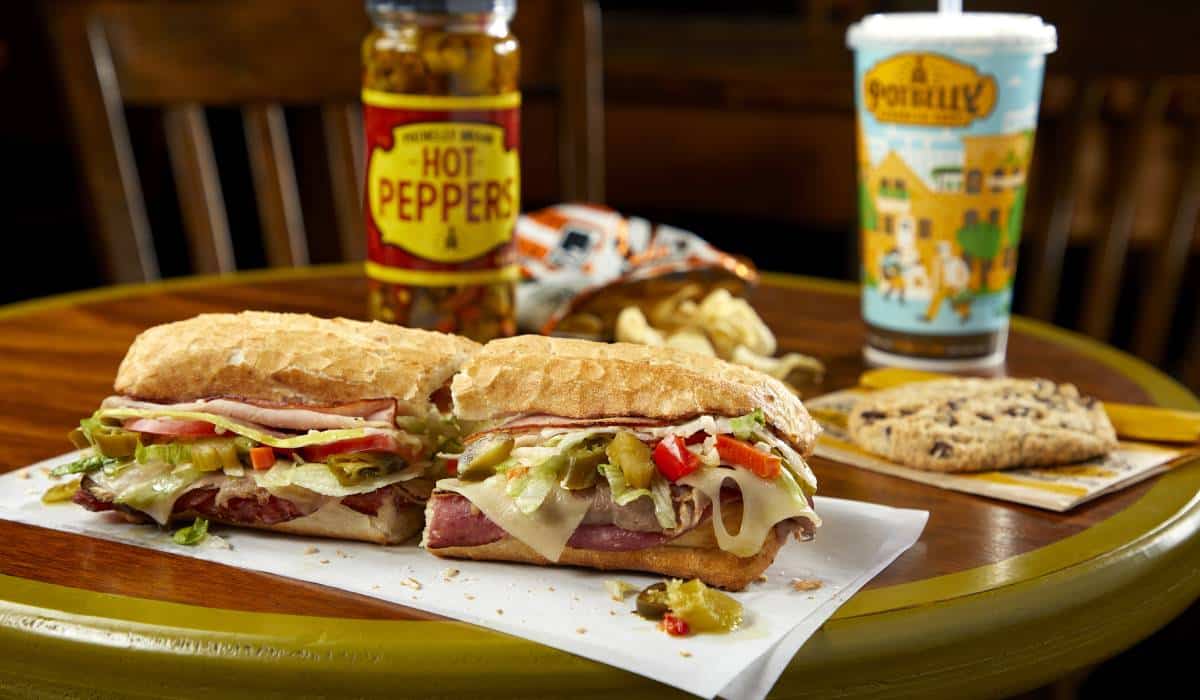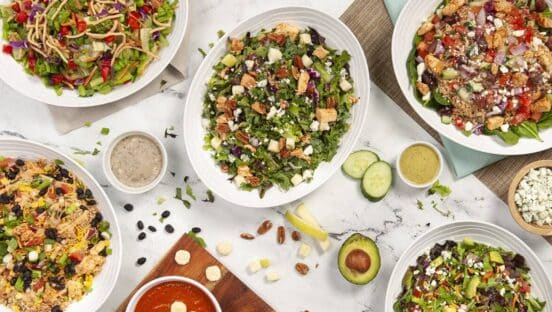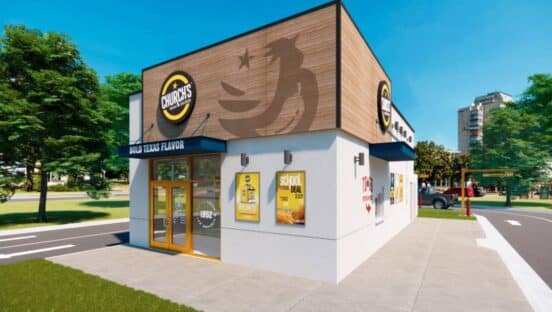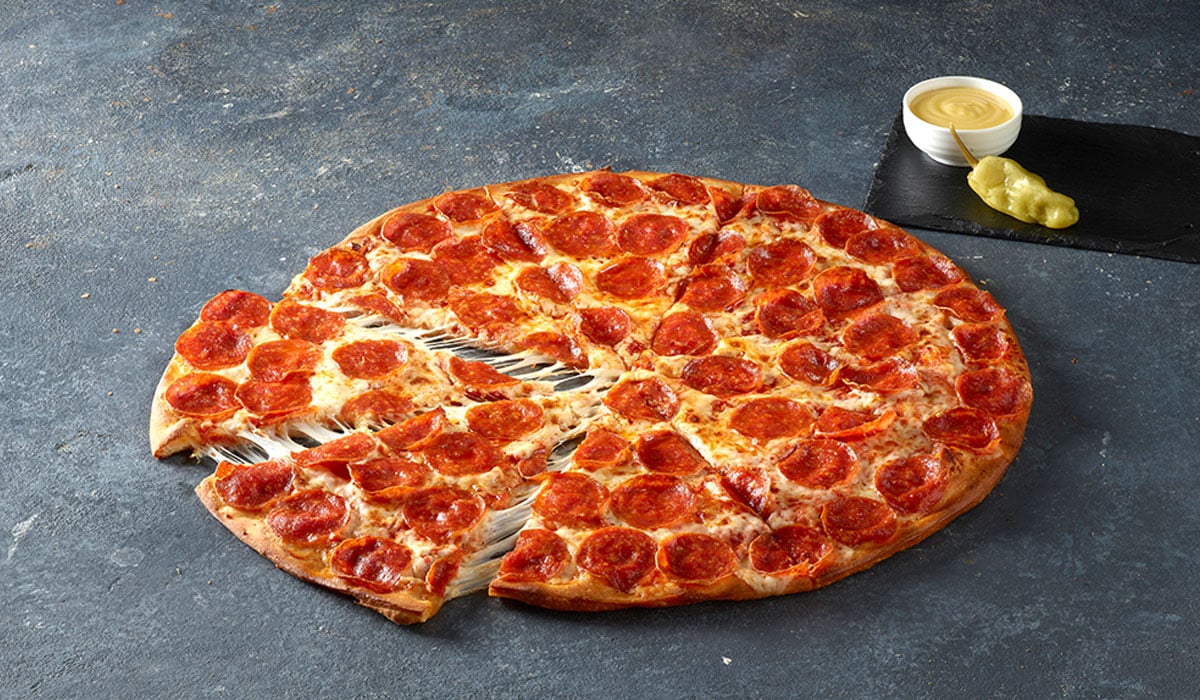For the most part, the lobster’s place in restaurants has been restricted to fine dining, where bake-stuffed tails can cost as much as a steak dinner. The other place to find lobsters has been in family-run venues, where white-bibbed diners crack open the shells to get to the good stuff.
But now lobsters are crawling their way into more quick-serve settings, thanks to robust supply levels and high-tech processing plants that can take lobster from the Maine coast to more tables in much shorter times and in fresher forms.
Lobster rolls also deserve some of the credit for lobster’s new place in quick service. These sandwiches of chunked lobster meat and mayonnaise stuffed into buttered, grilled buns are making waves for their simplicity and portability.
“Very smart, hardworking, and innovative Maine people have brought Maine Lobster in its purest form to street corners all across America people,” says John Hathaway, president of Shucks Maine Lobster, a Richmond, Maine–based company that uses high water pressure technology to loosen raw lobster meat from shells for an easier-to-use end product, fresh or frozen. He adds that food trucks helped jump-start the lobster roll craze, which is now spreading nationwide through brick-and-mortar concepts like Red Hook Lobster and Luke's Lobster in New York City; Cousins Maine Lobster in Los Angeles; Linda Bean's Perfect Maine in Maine, and Lobster ME in Las Vegas.
Luke Holden, born and raised on the coast of Southern Maine, is one of the state’s most recent lobster pioneers. He founded the first Luke’s Lobster in the New York City’s East Village in 2009 and has grown the chain to nine units (one of which is a food truck) in New York City and two units in the greater Washington, D.C. area.
“I want to grow at a rate of four to six units per year for the next three years,” Holden says. “We pick out locations by defining our customers. Lobster rolls are an affordable way to have lobster, but at $15 each, they are still a high-ticket item in the fast-casual segment. We seek relatively high-income areas and target a demographic that appreciates high-quality food and knows we are serving the real thing, and that it’s a great deal for what it is.”
Low overhead is also important to Holden’s business plan. With a small and simple menu of lobster, crab, and shrimp rolls, shareable seafood dinners, a chowder, and some extras, he seeks smaller real estate options. “Our sweet spot is 1,000-square-feet spaces, and they are hard to find,” he says.
A modest footprint is also important to Da Lobsta, a two-unit-and-growing operation in Chicago. “I worked in a full-service restaurant and bar in the Los Angeles area,” says J Wolf, owner and founder of Da Lobster. “I wanted a Chicago concept with a small footprint, low overhead, but high profit.”
Lobster fit the bill, and Wolf’s research showed it was underrepresented in quick service. In Chicago, the lobster roll is even unfamiliar.
“People really see it as a treat, and save it for their Friday lunches or buy a bunch to take home,” he says. “We have the traditional version plus a few variations, like a Grilled Cheese Lobster sandwich or a Surf & Turf with bacon. That helps to keep people coming back, even if it is a higher-price item.”
Price is a consideration when diving into the lobster business, as are supply levels. Holden takes a vertical approach to addressing supply and demand. That’s why he and two partners opened Cape Seafood LLC, a Saco, Maine, seafood processing plant.
“We cook all our seafood at Cape Seafood primarily because lobsters weaken and consume their own protein rapidly when they are transported alive. That means poor texture and flavor once they're cooked,” Holden says. “During some points of the year, when the weather is poor, and fisherman cannot fish, we must use nitrogen-flash-frozen meat to balance poor fishing supply.” His restaurants use only prime meat from the knuckles and claws of the lobster, and Cape Seafood sells lobster parts to other businesses.
New processing techniques, like Hathaway’s high water pressure technology, and using a savvy mix of fresh and flash-frozen product helps keep supply constant for these emerging chains and others.
Eli Rosenberg, cofounder and COO of Food Genius Inc., a menu-tracking firm in Chicago, says lobster is even showing up in some national chains. Quiznos and Papa Gino’s are two chains where seasonal lobster sandwiches have been featured on menus.
“Lobster on chain menus has increased from 11 percent of unique menus to 12 percent of unique menus in the past 12 months, showing growth in chain menus, with still a lot of room to play,” Rosenberg says. “Lobster still represents a niche offering in our eyes. There is still lots of room for chains to increase their utilization of lobster.”
Hathaway likes seeing lobster reach the masses, making it within reach for “people in all walks of life, not just those who can afford to dine in fancy restaurants,” he says. “Judging from this spring's Boston Seafood Show, I would say Maine lobster is one of the hottest menu items for the upcoming season.”







